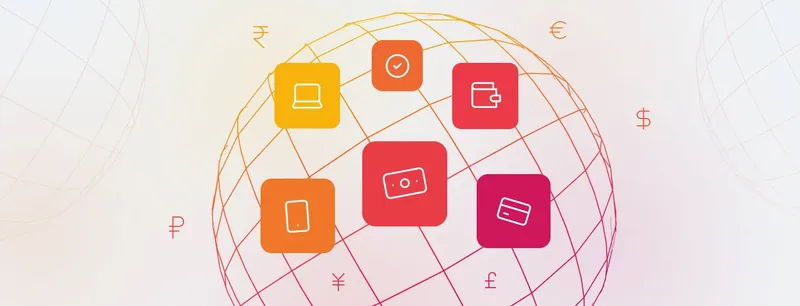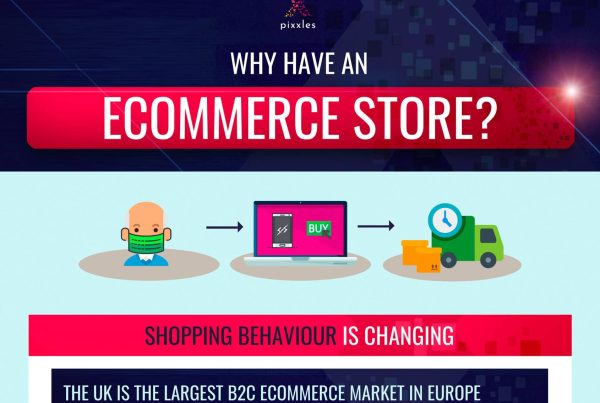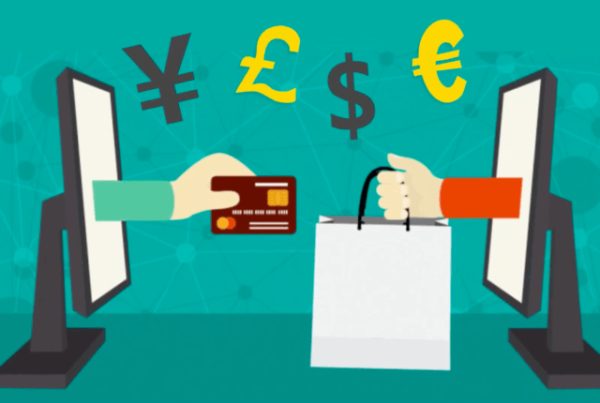Stephen Hawking once said, “We are all now connected by the Internet, like neurons in a giant brain.” It’s a quote that gets more apt with each passing year. In the space of a few minutes and with a few clicks, you can play games with people in China, chat with someone in the United States, and order clothes from Europe.
This globally connected “brain” needs secure, convenient, and rapid solutions to ensure it operates smoothly, and cross-border eCommerce plays a massive role in that.
Cross-border eCommerce refers to the infrastructure that facilitates international payment processing, and in the last couple of years, it has exploded in popularity.
Customers want more choice; businesses want more customers, and cross-border solutions can cater to all. In this guide, we’ll address the following questions about cross-border payment solutions:
- How does cross-border eCommerce work?
- What are the benefits of cross-border eCommerce?
- Why are cross-border payments so important?
- What are the best cross-border payment solutions?
- What does the future hold for cross-border payments?
How does cross-border eCommerce work?
Cross-border eCommerce uses secure payment processing services to facilitate payments across international borders.
The world is better connected than ever before. Transactionally speaking, it’s just as easy for a UK customer to order from Ireland, France, or the United States as it is to order from the UK.
From a business perspective, it’s also a simple process. After all, they are using the same site and receiving money into the same bank.
The complications lie in how those payments are processed, and that’s why it’s important to work with a payment processor that can effectively manage cross-border payments.
If you run a UK-based site and want to accommodate international customers, you need a payment provider that can:
- Accept a wide range of currencies
- Process international payments quickly
- Accept payments from foreign banks and credit cards
- Understand the nuances of certain international payment methods and processes
And that’s not all.
You also need to think about potentially inflated transaction fees and currency conversion costs, as well as standard eCommerce solutions like platform integration and customer support.
What are the benefits of cross-border eCommerce?
Global expansion is the main benefit of cross-border eCommerce.
Businesses of all sizes can tap into the vast international market and expand their earning potential.
The global eCommerce market is estimated to be worth over £8 trillion, and the UK accounts for just a fraction of that amount.
Whether you sell luxury confectionary or designer clothes; whether you provide SEO services or run a multi-sided marketplace, every business can benefit from global expansion.
It’s not just about sales, either. It also exposes brands to international marketing options and increases their global recognition, potentially putting them in front of more investors, buyers, and major clients—the sort of people who can drastically improve the fortunes of an online business.
Trends also vary from one region to the next.
A product that struggles to sell in the UK might thrive elsewhere, giving companies a way to shift dead stock and explore higher-margin products.
What is the future of cross-border eCommerce?
Cross-border eCommerce is on an upward trend right now, and it’s showing no signs of slowing down.
It’s hard to know exactly how frequent cross-border transactions will become, but as it gets easier and cheaper to ship products and services across borders, it’s fair to assume that international payments will become more common.
As far as the internet is concerned, there are no borders. If you’re chatting with someone on social media or playing a game with them through a console, there’s no difference whether they live down the street or thousands of miles away.
In the future, the same could be true for eCommerce. It won’t matter where the company is based or even what their main currency is. If they have what the customer wants, that customer will order. It’s as simple as that.
How do I expand my business internationally
We’ve discussed the merits of a good payment processing service and noted how they can help with international expansion, but there’s more to it than that.
Payment processing services can help you with the payment side of things, but not with the logistics and operations.
Before you open your eCommerce business to a global audience, you need to think about language support, international marketing, shipping/packing, and returns.
It’s expensive, and there are challenges and issues you just won’t encounter when selling locally
It’ll also take longer for your products to arrive.
Customers don’t care how far away you are. They don’t care how many issues you’ve had with international couriers or customs/taxes. If you’re taking their money, they will expect you to deliver their order quickly and with minimal fuss.
If you’re taking several days to pack the items and then handing them to a low-cost courier service, it could take weeks for your products to arrive, and that could lead to countless complaints, negative reviews, and a hit to your reputation.
Cross-border eCommerce is not something you should rush into.
How can Pixxles help with cross-border payments?
At Pixxles, we provide a secure payment processing solution that caters to both national and international eCommerce brands. We have some of the most competitive payment processing pricing in the industry and offer a wealth of features dedicated to providing a secure, convenient, and accessible payment solution.
By processing payments in over 100 currencies, we can help you to expand into international markets and meet your lofty growth targets.
Check out the following guide to learn more: Why Pixxles? You can also contact us now to get a custom quote.
Cross-border Payment FAQs
What is the best cross-border eCommerce marketplace?
Alibaba is a great example of a cross-border eCommerce marketplace. It’s used by wholesalers and drop shippers, but it also operates AliExpress to accommodate the end consumer.
Alibaba processes countless transactions every single day and deals with manufacturers, resellers, and wholesalers all over the world. It can be used to buy everything from jewellery and musical instruments to food and more. Its rapid growth is proof of the popularity and efficacy of cross-border eCommerce.
What are the types of cross-border payments?
International payments can be made using several different payment methods. Credit cards and debit cards are the most popular, but all countries have their own preferred way of transacting, and that can include e-wallets, instant payment solutions, voucher-based payments, mobile payments, and even bank transfers.
What are the challenges involved with cross-border selling?
The internet has made it easy to find international customers, process international orders, and track shipments. However, there are still some challenges that must be overcome.
For example, international retailers must think about how their brand and products/services are perceived by different cultures. They must also consider language differences and currency variations, as well as what payment options are preferred in those regions.
A good payment processor can help with many of these challenges, but it needs a good foundation, and that foundation is the retailer’s website.
Why is a cross-border payment solution so important?
It’s important because it connects businesses to billions more consumers around the world. It greatly expands their reach and opens the doors to countless new possibilities.





